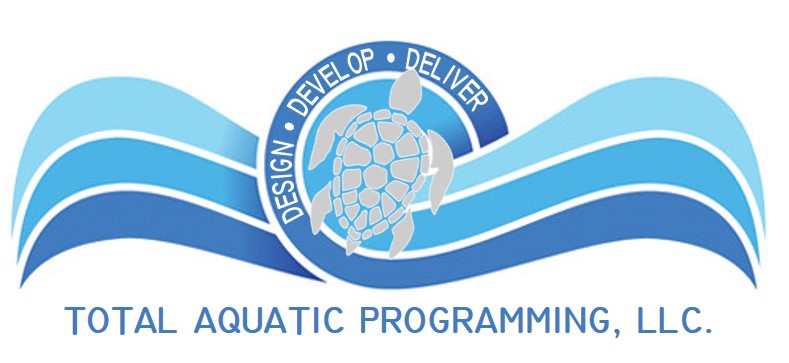We don’t like to think about people drowning. The topic is uncomfortable, but it’s essential to discuss. It takes a few inches of water and a couple of minutes for a child to lose consciousness. No matter how well prepared you may think you are, it can happen to anyone.
Drowning does not just happen in the summer; it can occur year-round. We cannot survive in water unless we are taught how to swim. Therefore, all adults and children should learn to swim.
And drowning doesn’t discriminate. Anyone at any age is susceptible to drowning. Although it’s not a magic solution, swimming lessons provide a layer of protection against drowning. While swimming lessons won’t magically shield children from drowning, they can reduce the risk of drowning among children one to four years of age by 88 percent.
When and Where to Start Swimming Lessons
Evidence now reveals that many children older than one year of age will benefit from swim lessons. Speak with your pediatrician before considering any children’s water safety/swimming lessons and determine if your child is developmentally ready for swim lessons. Swimming lessons are not recommended for children under one because they’re not developmentally able to learn breathing techniques.
Several organizations, such as the American Red Cross, Boys & Girls Clubs, YMCAs, and municipal and neighborhood pools, offer low-cost lessons, financial assistance, and even free swimming lessons.
Selecting a Program
There are several things to look for to choose the best program. First, it’s a good idea to observe classes before enrolling. Here are some things to consider when selecting a program:
Instructor Training
It may sound obvious—but it’s not always the case that the instructors are trained. Ask how teachers are trained and evaluated and whether it’s under an agency’s guidelines, such as the Red Cross or the YMCA.
Instructor CPR Training
Find out if the instructor is certified in CPR (some are not) and if their certification is current.
Student/Teacher Ratio
Preferably, especially for young children and new swimmers, the ratio should be as low as possible. The teacher should be able to have all children within arm’s reach and be able to watch the whole group. There should never be more students than the teacher can safely supervise.
Viewing Accessibility
If you’re a parent, you should have the opportunity to see what is going on in the class. Of course, being on-site the entire time isn’t helpful and can be a distraction, but you should always be welcome to watch a portion of the lesson.
Water Safety Education
Ensure swim instruction includes water safety and survival education at the appropriate developmental level. Knowing how to get out of the water if you or your child end up in the water unexpectedly is critically important, especially for young children.
Curriculum and Progression
Swimming lessons usually progress from getting used to the water to becoming proficient at different strokes. Ask instructors about their plan to assess progress and what determines whether a student moves forward.
Additional Benefits of Learning To Swim
Knowing how to swim is an excellent defense against drowning, but there are many added benefits, including life skills that aren’t limited to the water. So, whether you’re a child or an adult, it’s never too late to learn how to swim.
Swimming Is Good for Physical Health
Swimming has tremendous physical benefits, including a full-body cardiovascular and respiratory workout. In addition, swimming helps develop stamina, flexibility, and muscle strength. Swimming burns calories (anywhere from 500-650 calories per hour), and because it’s low impact, it’s a great full-body workout.
Swimming Has a Positive Impact on Mental Health
Swimming engages almost all of the senses: sight, sound, touch, and smell. It is one of the rare distractions from technology, and the “screenless” atmosphere alleviates stress and encourages relaxation and creativity. Also, the feeling of water moving over our body creates a massage-like sensation, helping us release pent-up tension and be more mindful of our surroundings.Research shows that even simply having contact with water can induce a flood of neurochemicals that make us happier, healthier, and less stressed. Another study showed that merely immersing yourself in water increases blood flow to the brain. The result is improved general memory, mood, concentration, and cognitive function.
Don’t let fear prevent you or your child from learning how to swim. Many people share that anxiety. While you don’t want to force a child to do something they are terrified of doing, learning to swim can deliver life-long benefits, help you and your child stay safe, and have a lot of fun!
Without question, adult supervision is the number one way to prevent children from drowning. However, knowing how to swim and understanding water safety can play an important role. Together, we can end drowning and save lives and heartache! Take our Water Safety Challenge to measure your family’s water safety competence and help us provide water safety outreach to schools and community groups to keep kids safe.



